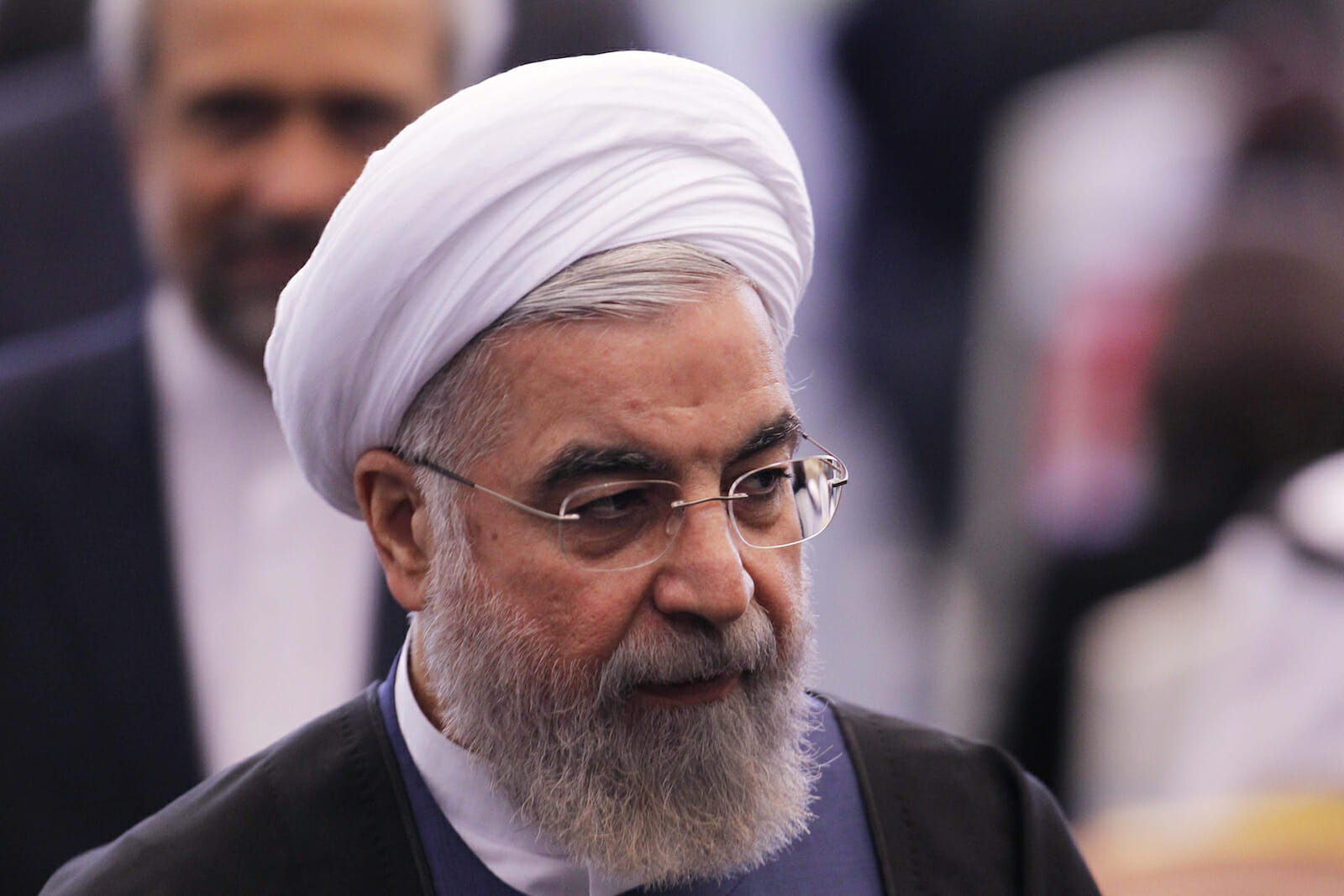
The U.S. is Being Proven Right about Iran
Since the very beginning, the Trump administration has been warning of the global threat posed by the Islamic Republic of Iran. Crucially, the administration’s Iran policy has been informed by a larger set of factors than the status of the Iranian nuclear program. When President Trump pulled out of 2015’s Joint Comprehensive Plan of Action last May, he cited its failure to constrain Iran’s overall behavior or contribute to the broader, declared goal of the multilateral agreement: to facilitate peace and stability in the Middle East.
Nevertheless, traditional American allies across Europe have continually opposed assertive Iran policies, expressing commitment to the defense of the JCPOA at virtually any cost. However, in recent months the limits of that commitment have been tested and the Trump administration’s warnings about Iranian threats have been repeatedly vindicated. Although the European Union is ostensibly still following through with plans to evade US sanctions on Iran through a “special purpose vehicle” for such transactions, that same multinational body also recently imposed its own new sanctions in response to past terror plots on Western soil.
The Trump administration, of course, has hardly ever declined an opportunity to clarify that the Islamic Republic is the world’s foremost state sponsor of terrorism. This is well-established by the regime’s 40-year history, but whenever the US president and his foreign policy advisors raised the topic, they were clearly underlining the potential for more activities along the lines of the bombings and assassinations carried out in the 1980s by Hezbollah, the Iranian Ministry of Intelligence, and the Revolutionary Guard Corps (IRGC).
European policymakers evidently didn’t take these warnings very seriously when they committed to defending Iran’s position in the face of rising levels of pressure from the US Government. But then, on June 30 of last year, multiple European authorities simultaneously came face-to-face with Tehran’s escalating belligerence, when they jointly thwarted a plot to set off explosives at an event near Paris. It was later revealed that the plan had originated at the highest levels of the Iranian regime and been channeled through a high-ranking Iranian diplomat in Austria, who was arrested along with two would-be bombers.
The Paris plot was neither the first nor the last Iranian terror plot to be uncovered in 2018. It was, in fact, the second known attempt at a large-scale attack on activists affiliated with Iran’s organized, democratic Resistance movement. In March, Iranian operatives were arrested while gathering intelligence on their target in Albania, the compound housing more than 2,000 exiled members of the People’s Mojahedin Organization of Iran (PMOI or MEK). Three months later, the Paris bomb plot targeted the coalition of which the PMOI is the main constituent group, the National Council of Resistance of Iran (NCRI). Then, in October, Danish authorities revealed that they had disrupted plans to assassinate leaders of a separate opposition group.
Even if these incidents stood on their own as examples of the Iranian threats that persist outside of the nuclear sphere, it would have been enough to justify a shift in the direction of America’s assertive Iran policy. But while the recent terror threats are the declared target of EU sanctions, those sanctions are only part of a broader phenomenon. Europe has also responded with incrementally firm steps to Iranian ballistic missile development and destructive influence in neighboring countries. All of these activities have become more difficult to ignore over time, partly because of American efforts to highlight them and partly because Tehran has only grown more defiant in pursuing those activities.
At the same time, it has also become more difficult for Western policymakers to ignore Tehran’s comparably destructive domestic policies. The year 2017 in Iran ended with a mass uprising against the theocratic dictatorship, which continued for weeks and spawned a series of localized demonstrations conveying the same message of regime change. Collectively, these protests were described as a “year full of uprisings” by NCRI President Maryam Rajavi, who also predicted that they would lead to the people’s “final victory” over the regime.
The protest movement showcases deep divisions between the Iranian regime and the Iranian people. And this too is something about which the Trump administration demonstrated keen understanding at a time when Europe was still defending the status quo and operating on the assumption that there was no alternative to working with the existing regime.
Via endorsements of the Iranian uprising, the White House has clearly conveyed the message that it recognizes the viability of the Resistance as an alternative government. Furthermore, that ought to be the message that the administration conveys to its partners at the conference on Middle Eastern affairs that will be held in Warsaw on February 13 and 14. In view of threats from terrorist operatives, ballistic missiles, and regional proxies, there is a great deal that the Trump administration can point to as evidence that the European Union must proceed with less reluctance as it adopts assertive measures in its Iran policy.
If American advocacy is not sufficiently convincing, the Europeans might look to Paris on February 8 and hear the voices of Iranians themselves, who will be displaying solidarity with Iran’s domestic activist population and calling for more EU support of the same. That support can only come from a broader embrace of policies the US has been advancing for over two years.

